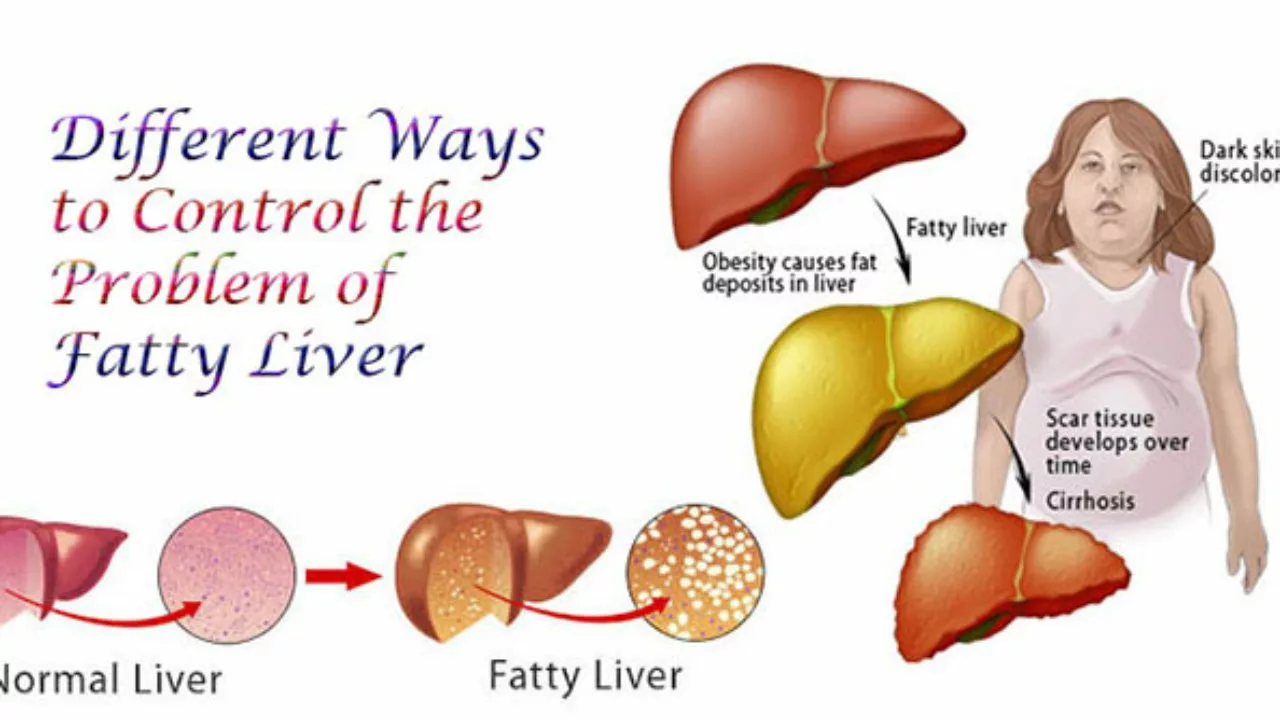Guaifenesin: How it helps, how to use it safely
Guaifenesin is the active ingredient in many over-the-counter expectorants. It doesn’t stop a cough, but it thins and loosens mucus in your chest so your cough becomes more productive. That can make you feel better and help clear phlegm faster.
How guaifenesin works and when to use it
Guaifenesin increases the water content of mucus, making it thinner and easier to move. Use it when you have chest congestion from a cold, bronchitis, or other non-serious respiratory infections. It won’t treat the infection itself—antibiotics are needed for bacterial infections when prescribed by a doctor—but it can ease breathing and reduce chest tightness while your body fights the illness.
If you have a dry, non-productive cough (no mucus), guaifenesin usually won’t help. Also avoid it for coughs caused by smoking, asthma flare-ups, or chronic lung disease without checking with your clinician first.
Safe dosing, side effects, and practical tips
Common dosing for adults: immediate-release tablets are usually 200–400 mg every 4 hours as needed, with a maximum of 2,400 mg per day. For extended-release formulations, typical dosing is 600–1,200 mg every 12 hours, also with a 2,400 mg daily limit. Always follow the product label or your prescriber's instructions.
Children’s doses vary by age and product. Many cough medicines aren't recommended for children under 4 years old. Read the label carefully and check with your pediatrician before giving guaifenesin to young kids.
Side effects are usually mild. Expect possible nausea, stomach upset, dizziness, headache, or a rash. Serious allergic reactions are rare but require immediate medical help—look for swelling, hives, or breathing trouble.
Watch out for duplicate ingredients. Many combination cold medicines include guaifenesin plus a cough suppressant, decongestant, or pain reliever. Taking more than one product with guaifenesin can cause accidental overdose. Also, pairing an expectorant with a strong cough suppressant can be counterproductive: you want loosened mucus to come up, not be held back.
Simple things that help: drink plenty of fluids, use a humidifier or warm steam, and try saline nasal rinses if post-nasal drip fuels your cough. These measures boost guaifenesin’s effect and ease breathing.
Talk to your doctor before using guaifenesin if you are pregnant, breastfeeding, have chronic lung or liver disease, or take many medicines. While guaifenesin has few drug interactions, your provider can confirm it’s safe for your situation.
See a doctor if your cough lasts more than 7–10 days, gets worse, or comes with high fever, chest pain, shortness of breath, bloody mucus, or unexplained weight loss. Those signs suggest something more than routine chest congestion.
Guaifenesin is a simple, low-risk tool to help clear mucus. Use it correctly, pair it with fluids and steam, and check with your provider when in doubt.



